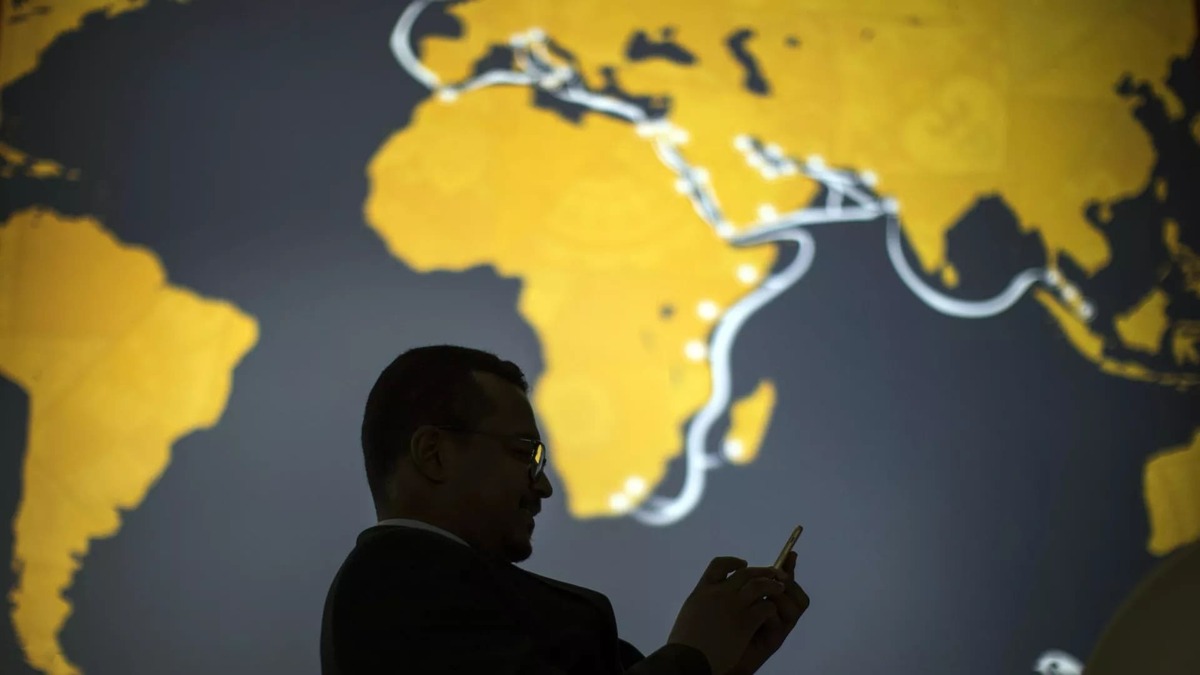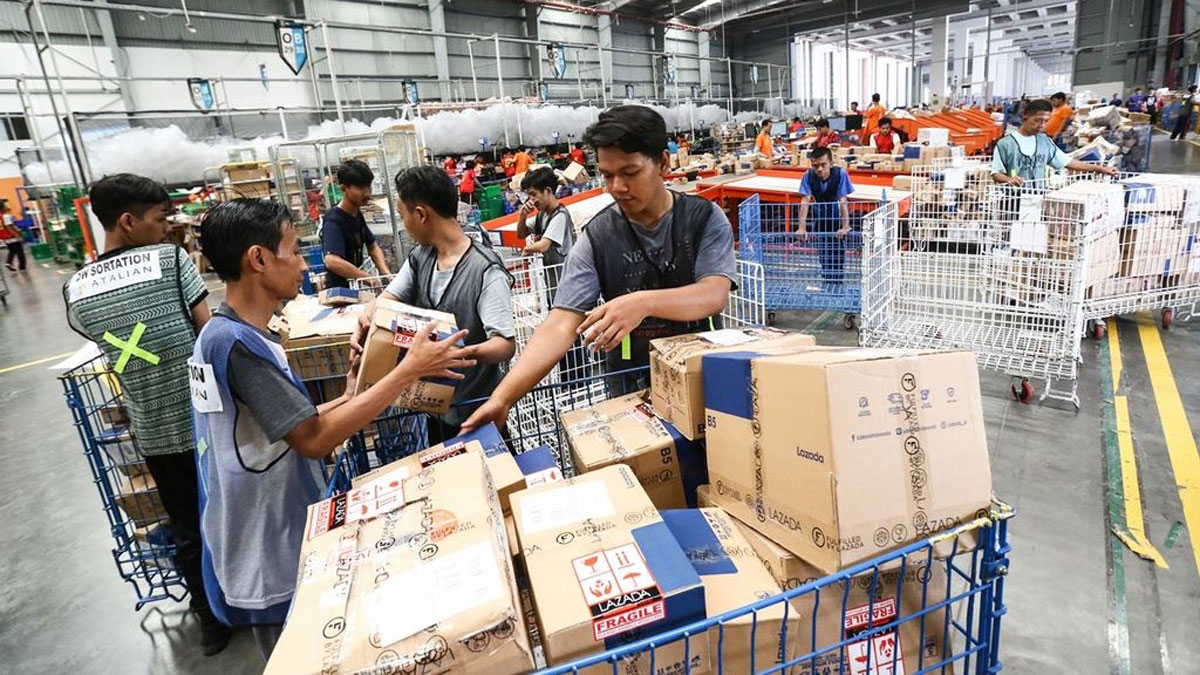Published 18 June 2024
Transparency and the sharing of best practices typically do not get the same levels of limelight as legally binding market access commitments. But within ASEAN, such achievements can deliver greater policy certainty among member states. DEFA, designed to put in place a coherent structure for managing digital rules in the region, can help ASEAN best leverage upcoming digital trade opportunities.
The ten members of the Association of Southeast Asian Nations (ASEAN) are hard at work negotiating the next big thing in economic coordination, the Digital Economy Framework Agreement (DEFA). The goal is to be able to announce something by next year.
Progress has apparently been slow. ASEAN members (Brunei, Cambodia, Indonesia, Laos, Malaysia, Myanmar, Philippines, Singapore, Thailand, and Vietnam) have already done a lot of work within the regional grouping to coordinate on digital trade policies. This includes ASEAN’s 2018 E-Commerce Agreement, e-commerce commitments in the Regional Comprehensive Economic Partnership (RCEP) that came into force for all ASEAN members by 2022, and an upgraded set of digital trade rules in the ASEAN-Australia-New Zealand Free Trade Area signed in 2023.1
Given the overlapping commitments made by ASEAN and ASEAN member states, coordination has become an increasing challenge. Digital obligations, cooperation pledges, and regulatory reviews are spread across most ASEAN sectoral bodies or working committees, leading to difficulties in managing the sprawling agendas. DEFA is supposed to provide an overarching framework to provide greater clarity on digital elements of ASEAN’s ongoing and future activities and to support a clearer ownership structure for sectoral bodies of issues and outcomes.
To understand the challenges, consider the 2018 E-Commerce Agreement. It was meant to be managed by the ASEAN Coordinating Committee on Electronic Commerce (ACCEC). But the ACCEC, with ASEAN sectoral bodies claiming ownership of various elements of ASEAN’s agenda that should otherwise have been overseen by the ACCEC. The Workplan to implement the Agreement highlights the extensive set of planned activities meant to be undertaken by ASEAN committees and within ASEAN member states from 2020-2025.2 The plan highlights the extent of the coordination challenge in ASEAN, as elements of the digital agenda can be found in nearly all economic committee activities.
It is perhaps not surprising that ASEAN members, most of whom have limited resources available to oversee a very wide range of existing and future digital activities, have struggled to implement past commitments. Implementation, in general, has been ASEAN’s Achilles heel. Having e-commerce and digital trade managed by a coordinating committee rather than a dedicated body has not been terribly effective.
Hence ASEAN’s initiative to provide a new structure for digital trade commitments under the DEFA.3 While much of the focus of commentators has been on the nature of the promises to be made within DEFA negotiations, the real benefit might be found in an improved organizational structure to manage digital trade for the region. A new organizational chart is less headline-worthy than rules for artificial intelligence (AI) or digital identities, but it could result in greater benefits for the effective implementation of DEFA.
ASEAN works in a unique way. Any commitment agreed at ASEAN does not automatically get implemented by all members on the same timeline. The flexibility built into ASEAN’s processes allows the grouping to move forward at a pace and timing that best suits individual members. While often extremely frustrating for businesses, this policy suppleness has been one reason why members continue to support and participate in the organization.
DEFA is meant, ultimately, to help the institution better manage digital trade. By more clearly defining which sectoral committee is responsible for which new initiatives, ASEAN should be in a better position to address a growing list of opportunities and challenges arising from the inclusion of digital into every aspect of cross-border trade.
What really matters for DEFA is a commitment to getting a coherent structure in place and providing platforms for regular ongoing discussions on topics of importance. Specific committees with clearly defined roles in DEFA could provide the mechanisms for ASEAN and individual member states to deliver future initiatives and better coordinate their actions at the domestic level. All DEFA committees must include regular engagement with the business community and civil society in the scope of their work to help with implementation and development of future activities.
A solid institutional structure also opens up opportunities for ASEAN to consider innovative approaches to resolving issues on cross-border trade. For example, one specific problem that confronts smaller businesses is de minimis.4 This is a threshold that is meant to support e-commerce goods sales by smaller firms by allowing them to send packages without a requirement to pay customs tariffs and fill out full customs paperwork. The argument is that tariffs collected from companies sending one shirt or two candles are not worth the costs of collecting the tariffs and would mostly just burden the firm with compliance costs.
De minimis levels are not set the same in all economies. Within ASEAN, the threshold varies from US$40 to US$298.5 In other words, firms shipping e-commerce goods to Vietnam in 2021 valued at more than US$40 would have to pay tariffs on eligible goods while the same firm sending goods to Brunei would be exempt from applicable tariffs until the value of the goods exceeds US$296.
While ASEAN members could agree on a common de minimis level within DEFA, this is highly unlikely. However, DEFA could certainly promote greater transparency around de minimis and support dialogue between members on the issue, potentially leading to more consistent requirements. This would be a valuable contribution for millions of smaller firms across ASEAN that use trade as a pathway for growth.
Transparency and the sharing of best practices typically do not get the same levels of limelight as legally binding market access commitments. But within ASEAN, such achievements can drive coherence and deliver greater policy certainty among member states. A good regulatory framework at the ASEAN level can support future regional economic integration by providing a platform for regulators to meet on a regular basis. Harnessing the opportunities in DEFA will help ASEAN best leverage upcoming digital trade opportunities for growth and development.
***
[1] See ASEAN’s internal commitments at: https://asean.org/our-communities/economic-community/asean-e-commerce/ . RCEP’s e-commerce chapter can be found at: http://fta.mofcom.gov.cn/rcep/rceppdf/d12z_en.pdf For the upgraded AANZFTA chapter, see: https://www.dfat.gov.au/trade/agreements/in-force/aanzfta/official-documents/agreement-establishing-asean-australia-new-zealand-free-trade-area-aanzfta/chapter-10-electronic-commerce
[2] https://asean.org/book/work-plan-on-the-implementation-of-asean-agreement-on-electronic-commerce/
[3] See the overview document at: https://asean.org/wp-content/uploads/2023/10/ASEAN-Digital-Economy-Framework-Agreement-Public-Summary_Final-published-version-1.pdf
[4] https://www.hinrichfoundation.com/research/article/trade-policy/killing-msme-access-to-global-trade/
[5] For a global table from November 2021 see https://global-express.org/assets/files/GEA%20De%20Minimis%20Country%20information_4%20November%202021.pdf
© The Hinrich Foundation. See our website Terms and conditions for our copyright and reprint policy. All statements of fact and the views, conclusions and recommendations expressed in this publication are the sole responsibility of the author(s).






